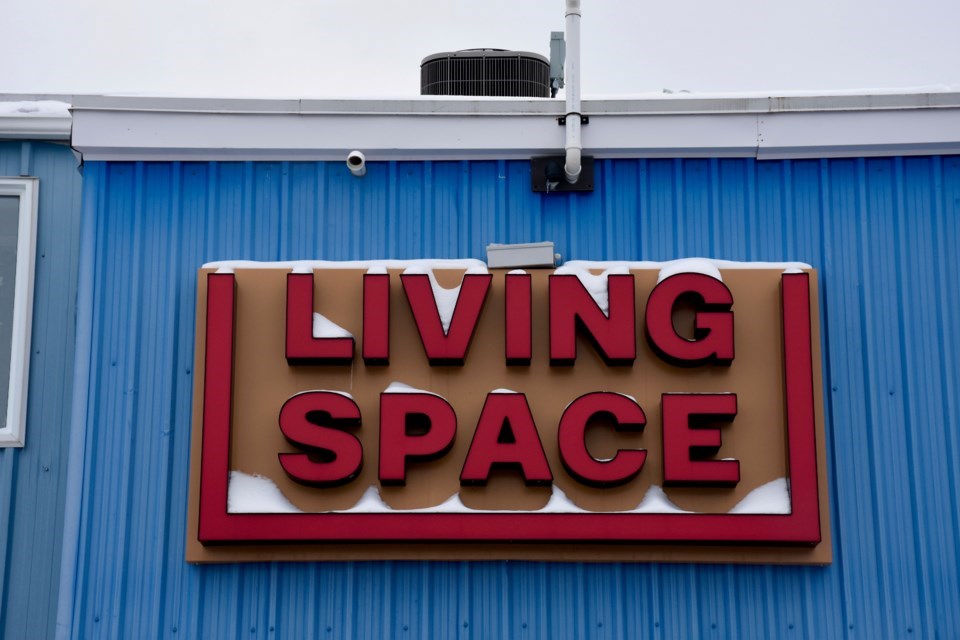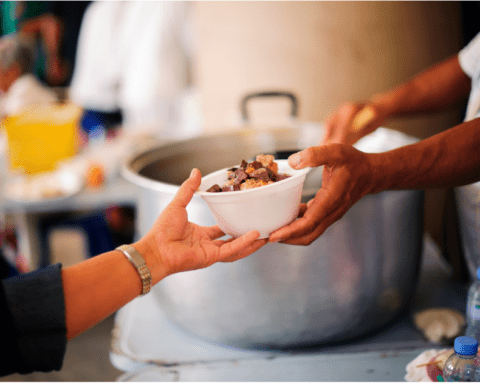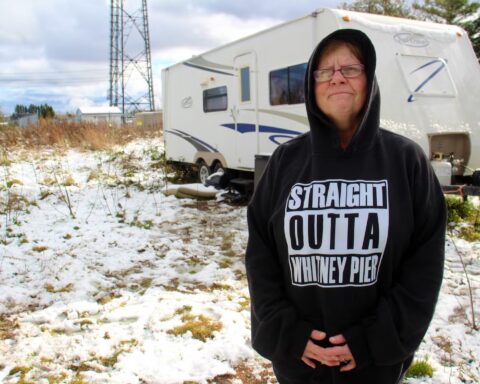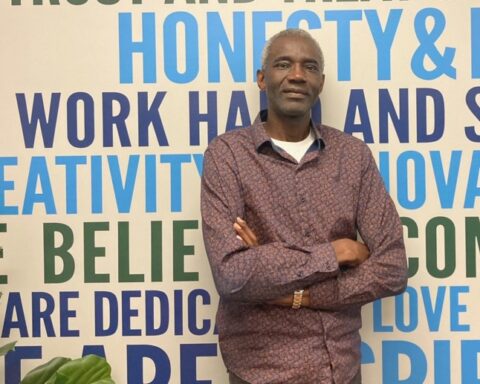This article was produced as part of an Inclusive Journalism Microcredential offered by New Canadian Media and Seneca Polytechnic. Learn more here.
A Cree woman is speaking out about Timmins’ Indigenous homelessness crisis after the death of her mother.
Sarah Hookimaw is the daughter of Cecilia Scott, who died outdoors in downtown Timmins in 2018, just one week after her 45th birthday.
Hookimaw participated in the recent relocation review regarding the city’s emergency shelter, Living Space.
At the Cochrane District Social Services Administration Board’s (CDSSAB) March 21 meeting, the final review was presented by Nicole Swerhun of Third Party Public. Some substantial findings in the review were related to the city’s Indigenous population.
At the meeting, Hookimaw shared her story, saying providing a safe space for introspection and retrospection is crucial for healing, grief, and reconciliation.
“By no means are their stories ever the same. How they may pass or may not pass, or how they may flourish or just survive. You know, that’s really not up to us. But I think we do have a responsibility to each other to sort of cultivate a future where, hopefully, our kids don’t have to experience that again. And to me, that means healing,” she said.
“But there definitely needs to be space made for humanity to be restored. I think that’s the key to how to move through this really hard energy.”
Hookimaw said they can’t lose the momentum of working together.
“And it goes beyond just this board meeting. It moves on to your allies. And these are all things that touch different levels of healing,” she said.
At the last working session for the review, Hookimaw finally found the courage to talk.
“There was this one gentleman who was sitting at the table across from me. Even though we’ve had different scopes of understanding, different places of experience, privileges, and positions of power … what really amazed me was our abilities to connect to each other,” she said. “I still felt that acknowledgement and that was pretty amazing to experience that.”
Third Party Public was hired by CDSSAB last year after Timmins council asked for a report to consider the options for relocating Living Space outside of residential and commercial zones. It started working on the three-part review in September.
The review found that the emergency shelter averages 100 clients a month. The average age is 43, however, Swerhun said most are between 25 and 64. Men account for 62 per cent and women account for 36 per cent. She said that 53 per cent of the individuals are Indigenous and 32 per cent non-Indigenous.
While the majority of shelter clients are Indigenous, there are limited Indigenous staff and services are provided in English.
Another concern Swerhun noted from the review is that there are people and organizations in Timmins that are not aware of First Nations histories, cultures, or the intergenerational impacts of colonization.
“We heard that too few people understand that this province and this country are built on negotiations of treaties with First Nations and that everyone shares in the benefits and the obligations of those treaties,” Swerhun said.
If the shelter is relocated now, without addressing the current operational issues that exist and without building a stronger relationship with Indigenous people and Indigenous communities that are needed to help serve the individuals that use the shelter, it will create a bigger issue, Swerhun said.
The town needs to help all individuals who are a part of the homelessness crisis, Hookimaw said.
“My people, they had their own camps, but when they were in trouble and didn’t have food, they would check in on each other. ‘Oh, you need food, here’s half of our winter food.’ That’s how my people live up north,” she said.
“It was do or die up there. In a way, it feels like do or die now because people are dying out there.”
Hookimaw said her mother’s death woke something up in her.
“And I hope that her story can awaken something in you,” she said.
This story was originally published on timminstoday.com
Marissa Lentz covers civic issues along the Highway 11 corridor under the Local Journalism Initiative, which is funded by the Government of Canada.





